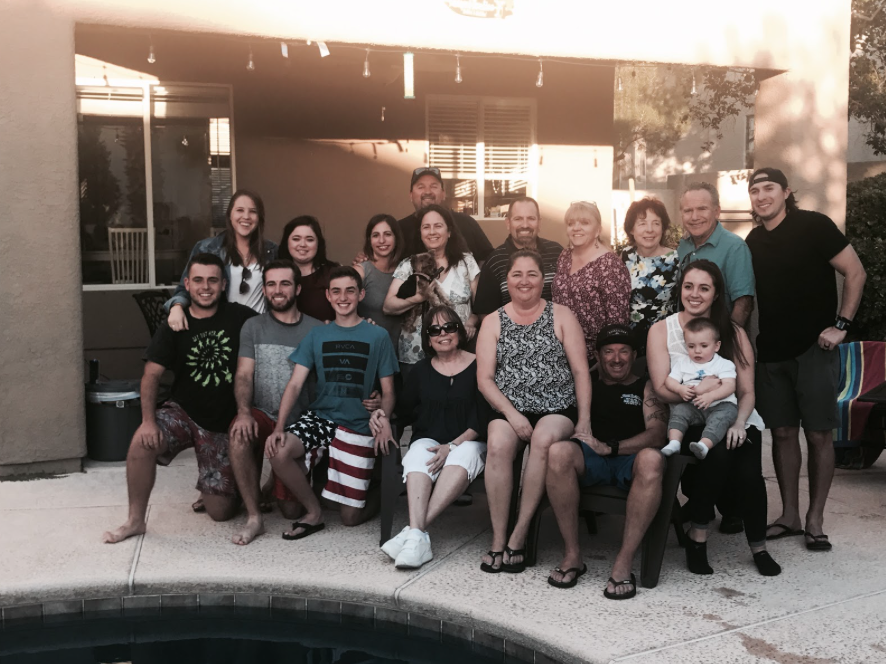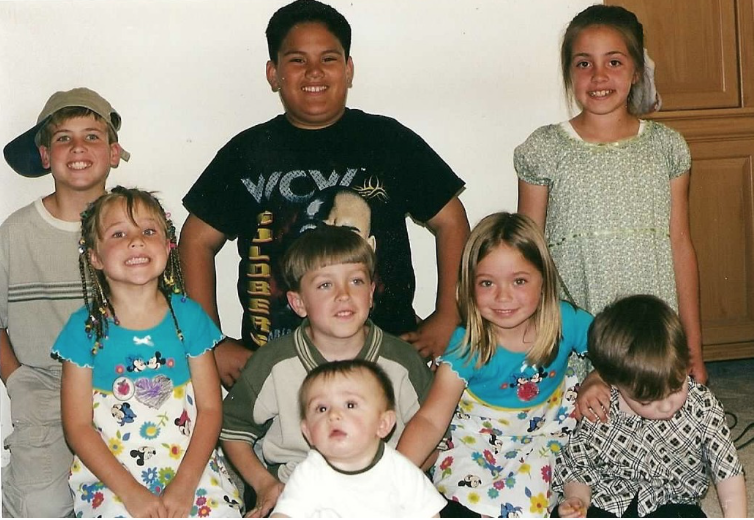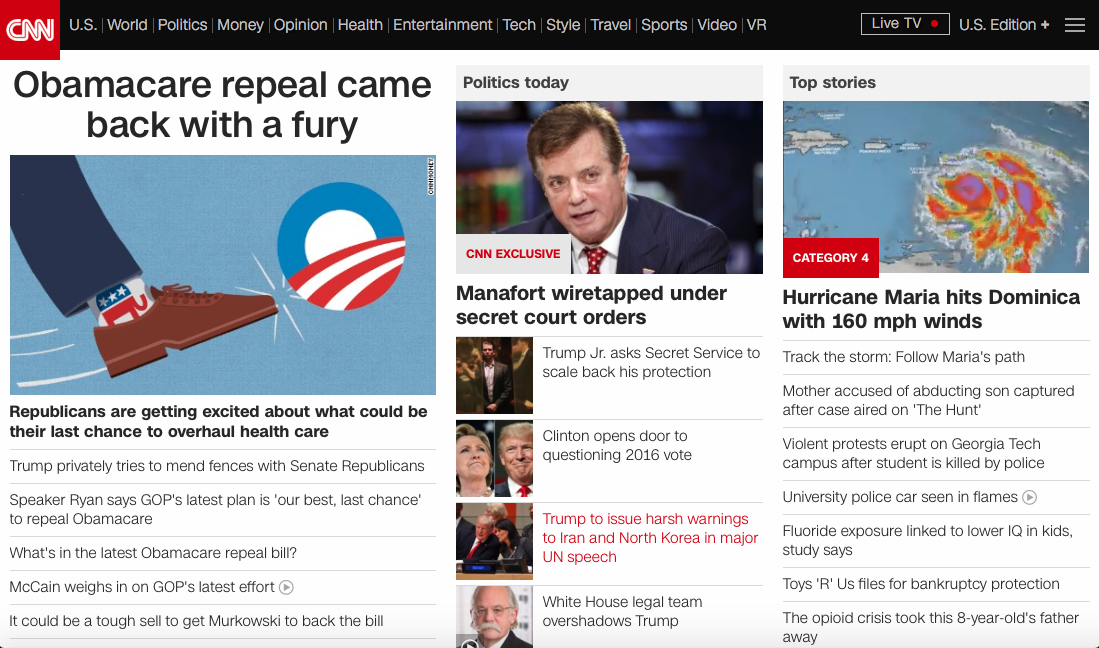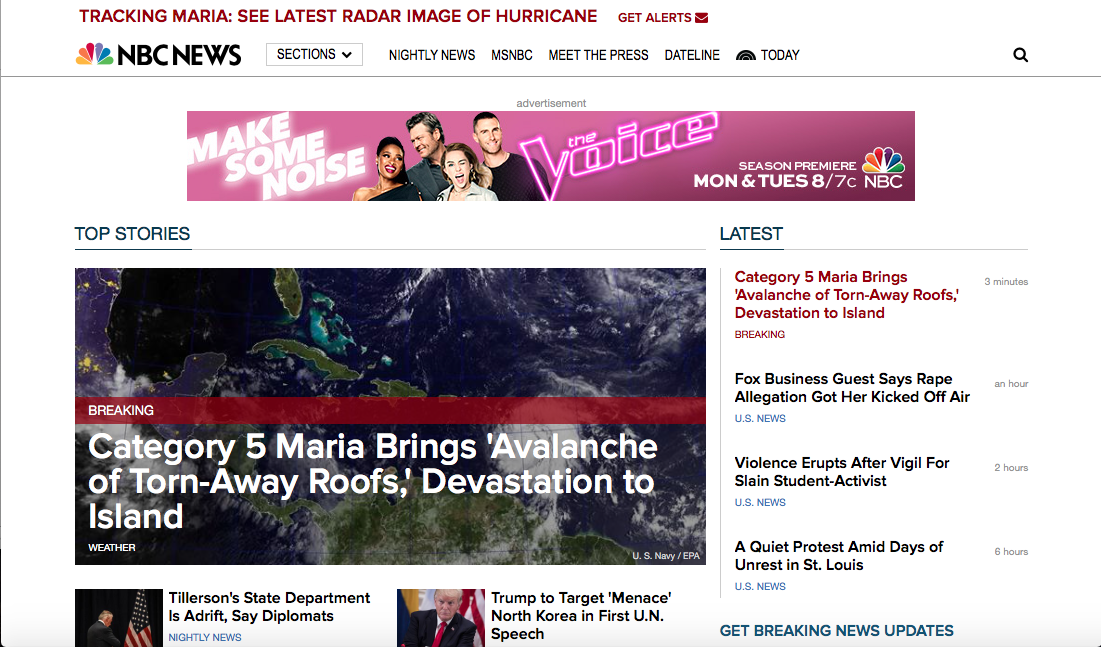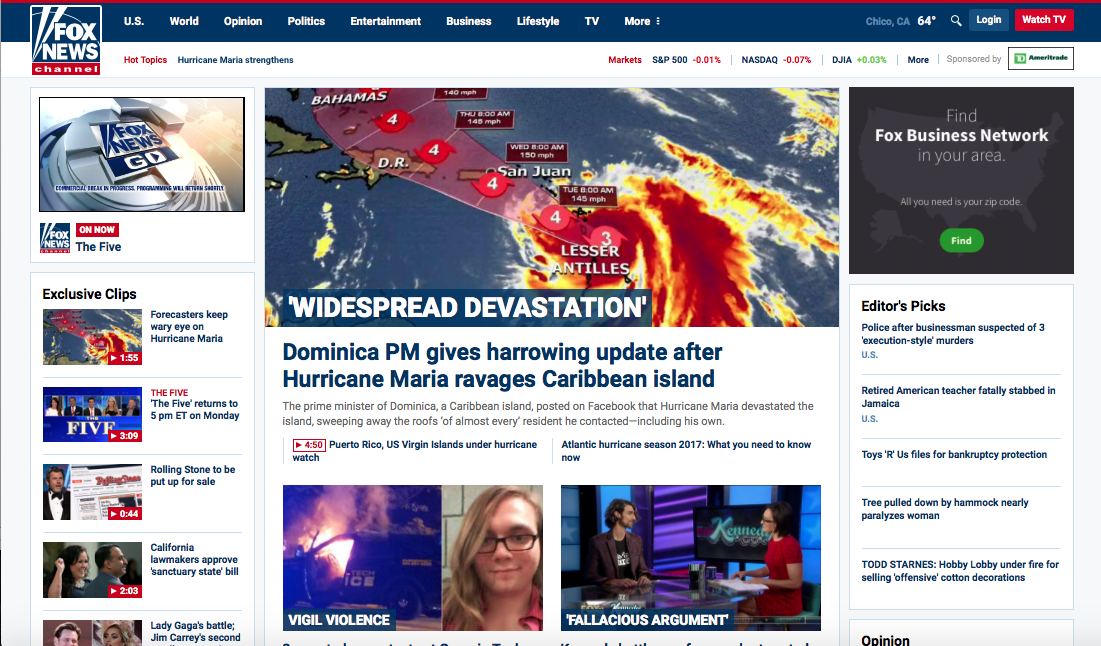With the ever rising popularity of social media, more advertisers and designers are embracing the capabilities and testing the limitations of digital media. These include features like sound, sequencing and interactivity, which can all be used to engage the audience on a different level. In the past, advertisers were dependent on static print pieces that their audience may encounter while flipping through a magazine or walking past a bus stop. Now, while scrolling through one’s Facebook feed, it’s nearly impossible to ignore the busy squares of color and music that make up advertising on social media.
There are many benefits from digital media such as the ability to convey concepts through time with things like animated posters or slideshows. This medium allows the creator to express an idea rather than simply imply it. Designers Josh Schaub and Eric Brechbuhl created an animated poster (below) showing the tourism aspect of traveling to Lucerne, Switzerland. While they could have created a static poster which implies the busy street, they instead animated the buses, creating a scene of choreographed chaos.
While eye catching and conceptually complex, moving media does have some drawbacks. If the content is on a moving object like a bus, then the animated media won’t have an opportunity to convey the complete message in the time available and would be less functional than a static message. Another drawback could be that the file size of moving media tends to be larger than that of static, which can cause complications when trying to be used on a mobile platform. This is because mobile platforms have more limited internet download capabilities than a desktop computer.
As the number of media environments continues to grow to include spaces like virtual and mixed reality, so will the demand for motion graphics and other forms of moving media. As we move forward, designers will develop and test new styles and techniques and begin to form the foundation for the future of media interactions.
By Giovanni Lopez-Quezada





